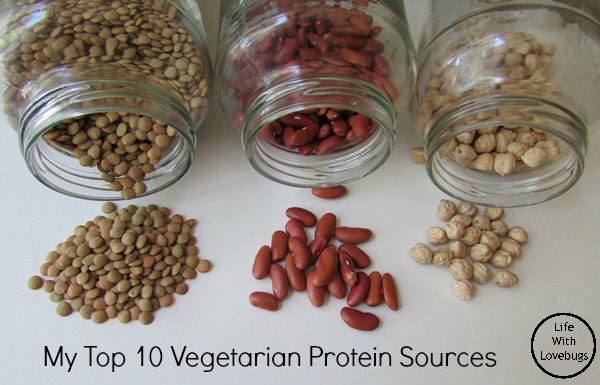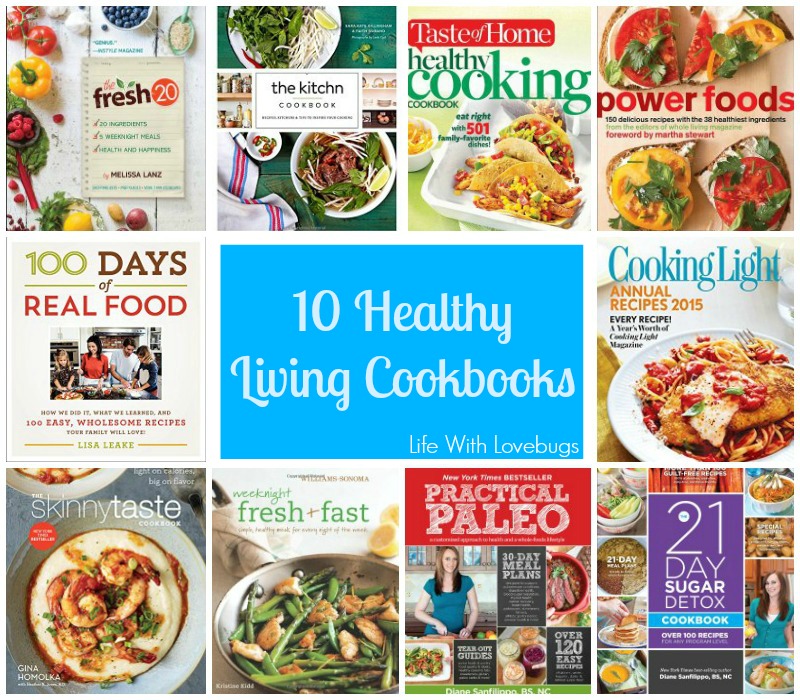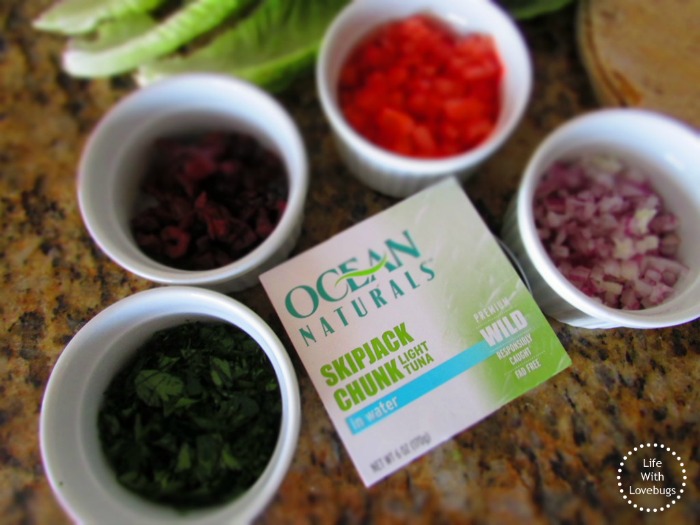My Top 10 Vegetarian Protein Sources
One of my biggest concerns about going vegetarian is not getting enough protein. Growing up the only source of protein I ever knew about was from meat! But after doing some research I’ve found that there are so many other great, vegetarian sources also. Some of which have already been a big part of my diet! My mom bought this book: (ad) Cooking with Trader Joe’s Cookbook which is filled with great vegetarian recipes. It also has a lot of great tips on eating healthy and losing weight.
Although there are several sources of protein, today I am sharing the sources that I have chosen to incorporate into my diet.
Quinoa: Although most whole grains contain protein, quinoa is unique because it also contains all of the essential amino acids, which makes it a “complete protein”. One cup of cooked quinoa contains 18 grams of protein, as well as nine grams of fiber. One of my favorite quinoa dished is Quinoa “Fried Rice”.
Beans, Lentils and Legumes: This is a staple for vegetarians because of the high protein content and also because they are so versatile. They can be used in sandwich patties, soups, salads, stews, I’ve even seen a recipe for a meatless meatloaf using lentils! They can also be very cost efficient. You can read my most of How to Cook Dried Beans for more info.
Tofu: My Dad’s side of the family were all from Hong Kong, so tofu was no stranger in our house growing up. Not only is it a good source of protein (a half cup contains 10 grams) but it also is a versatile cooking ingredient. Tofu takes on the flavors that you cook it with so it can easily be added to any dish without changing the flavor. Edamame are soy beans and are a good, healthy snack. We eat them all of the time here, my kids love to pop open the pods to get the beans out.
Nuts, Seeds & Nut Butters: These items can provide you with a lot of protein (1tbsp of peanut butter has 7grams) but they can also be very high in fat too. I often will spread peanut or almond butter on sprouted wheat toast after my workout, or sprinkle sunflower seeds on my salads.
Greek Yogurt: One of my biggest eating issues was skipping breakfast. I know it’s not right, I don’t I shouldn’t do it but I do it all the time. Last week I bought these single serving containers of Greek yogurt, each has 10 grams of protein! Not too bad for breakfast, and they were only $1 each.
Protein Bars: There are lots of great protein bars out there, sometimes you just have to sample a few before you find ones that you like. I usually do not use them as a meal replacement but instead as a snack while I am out so that I don’t give into fast food. I have recently purchased Luna Bars and have been very happy with the way they taste.
Green Stuff: Did you know that 1 cup of peas had 8 grams of protein? I was amazed! I always thought of peas as just a side dish but seems that they have much more to offer! Also, 1 cup of broccoli has 4 grams of protein and 1 cup of cooked spinach has 7 grams of protein.
Couscous: I feel that couscous is another versatile staple. It can be mixed with raw vegetables for a salad, such as Tabouli, or used as a side dish served with a main course. With 8 grams of protein in 1 cup of cooked couscous it is a great addition to any meal.
Almonds: I know that I mentioned nuts above, but I wanted to specifically feature almonds because just 1 cup contains 20 grams of protein! I love the taste and often snack on their throughout the day. They are also great in trail mix or chopped and added to salads for a little sweet crunch.
How much are you supposed to get every day?
Here is an article on WebMD that explains it:
Protein requirements are complicated because the amount we need changes with age.
- Infants require about 10 grams a day.
- Teenage boys need up to 52 grams a day.
- Teenage girls need 46 grams a day.
- Adult men need about 56 grams a day.
- Adult women need about 46 grams a day.
One important exception is pregnant or lactating women. The recommended intake for them rises to 71 grams of protein a day.
So when planning out our weekly meals, I will have to do some math and make sure that everyone in our family is getting enough protein. It might mean a little extra work for me but my kids are young and still growing. I want to make sure that my decision to cut out meat does not affect their health and wellness!





